Category: Seeing Red
-

Rubia tinctorum aka rose madder, common madder, dyer’s madder
Rubia tinctorum, the rose madder or common madder or dyer’s madder, is a herbaceous perennial plant species belonging to the bedstraw and coffee family Rubiacea. Description The common madder can grow up to 1.5 m in height. The evergreen leaves are approximately 5–10 cm long and 2–3 cm broad, produced in whorls of 4–7 starlike around the central stem. It climbs with tiny hooks at the leaves and stems. The flowers are small…
-

Rubia cordifolia aka common madder or Indian madder
Rubia cordifolia, often known as common madder or Indian madder, is a species of flowering plant in the coffee family, Rubiaceae. It has been cultivated for a red pigment derived from roots. Common names of this plant include manjistha in Sanskrit, Marathi, Kannada and Bengali, majith in Hindi and Gujarati, བཙོད་ in Tibetan, tamaralli in Telugu, manditti in Tamil. Description It can grow to 1.5 m in height. The evergreen leaves are 5–10 cm long and 2–3 cm broad, produced in whorls of 4-7 starlike around…
-

Rubia peregrina aka common wild madder
Rubia peregrina, the common wild madder, is a herbaceous perennial plant species belonging to the bedstraw and coffee family Rubiaceae. Etymology The genus name Rubia derives from the Latin ruber meaning “red”, as the roots of some species (mainly Rubia tinctorum) have been used since ancient times as a vegetable red dye. The specific epithet is the Latin adjective peregrinus, -a, -um meaning “foreign, alien, exotic, strange.” *reudh- Proto-Indo-European root meaning “red, ruddy.” The only…
-

Rubia
Rubia is the type genus of the Rubiaceae family of flowering plants, which also contains coffee. It contains around 80 species of perennial scrambling or climbing herbs and subshrubs native to the Old World. The genus and its best-known species are commonly known as madder, e.g. Rubia tinctorum (common madder), Rubia peregrina (wild madder), and Rubia cordifolia (Indian madder). Uses Rubia was an economically important source of a red pigment in many regions of Asia, Europe…
-
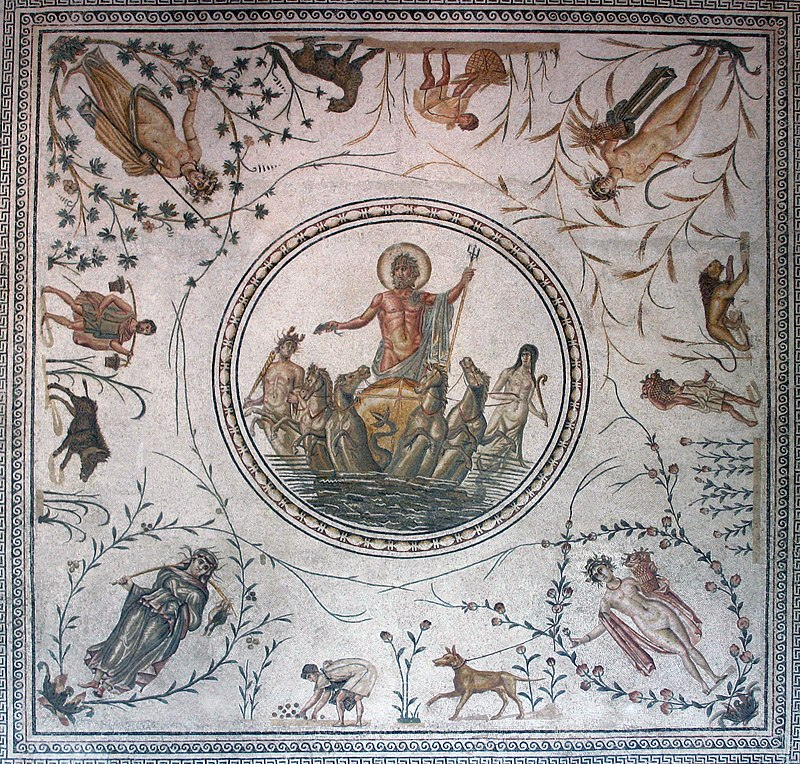
Neptune
Neptune (Neptūnus) is the god of freshwater and the sea in Roman religion. He is the counterpart of the Greek god Poseidon. In the Greek tradition, he is a brother of Jupiter and Pluto; the brothers preside over the realms of heaven, the earthly world (including the underworld), and the seas. Salacia is his wife. Depictions of Neptune in Roman mosaics, especially those in North Africa, were influenced by Hellenistic conventions. He was likely associated…
-

Allergolical (or allergological) syndrome that can show itself clinically with expressions of both respiratory allergy and alimentary allergy
Tabar AI, Acero S, Arregui C, Urdánoz M, Quirce S. Asma y alergia por el colorante carmín [Asthma and allergy due to carmine dye]. An Sist Sanit Navar. 2003;26 Suppl 2:65-73. Spanish. PMID: 13679965. Abstract Cochineal carmine, or simply carmine (E120), is a red colouring that is obtained from the dried bodies of the female…
-
The chemical nature of flavokermesic acid
JanWouters∗AndréVerhecken The chemical nature of flavokermesic acid. Tetrahedron Letters Volume 28, Issue 11, 1987, Pages 1199-1202 Received 24 November 1986, Available online 9 March 2001 https://doi.org/10.1016/S0040-4039(00)95325-5 Abstract: Flavokermesic acid, a minor dye constituent isolated from Kermes insects, was identified as 1-methyl-3,6,8-trihydroxy-9,10-anthracene dione-2-carboxylic acid (synonym for laccaic acid D or xanthokermesic acid). Flavokermesic acid is a minor…
-
Production of Carminic Acid by Metabolically Engineered Escherichia coli
Production of Carminic Acid by Metabolically Engineered Escherichia coliDongsoo Yang, Woo Dae Jang, and Sang Yup Lee Journal of the American Chemical Society 2021 143 (14), 5364-5377 DOI: 10.1021/jacs.0c12406 Abstract: Carminic acid is an aromatic polyketide found in scale insects (i.e., Dactylopius coccus) and is a widely used natural red colorant. It has long been produced…
-
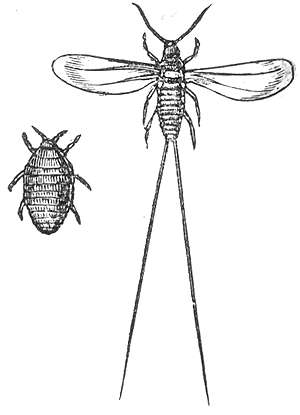
Cochineal
The cochineal (Dactylopius coccus) is a scale insect in the suborder Sternorrhyncha, from which the natural dye carmine is derived. A primarily sessile parasite native to tropical and subtropical South America through North America (Mexico and the Southwest United States), this insect lives on cacti in the genus Opuntia, feeding on plant moisture and nutrients. The insects are found on the pads of prickly pear cacti, collected by brushing them off…
-
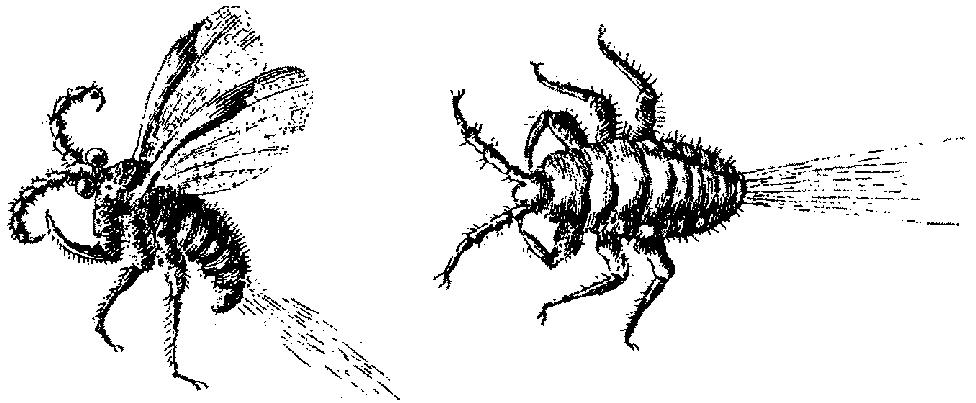
Polish Cochineal (Porphyrophora polonica)
Polish cochineal (Porphyrophora polonica), also known as Polish carmine scales, is a scale insect formerly used to produce a crimson dye of the same name, colloquially known as “Saint John’s blood”. The larvae of P. polonica are sessile parasites living on the roots of various herbs—especially those of the perennial knawel—growing on the sandy soils of Central Europe and other parts of Eurasia. Before the development of aniline, alizarin, and other synthetic dyes, the insect was…
-

Armenian Cochineal (Porphyrophora hamelii)
The Armenian cochineal (Porphyrophora hamelii), also known as the Ararat cochineal or Ararat scale, is a scale insect indigenous to the Ararat plain and Aras (Araks) River valley in the Armenian Highlands and in Turkey. It was formerly used to produce an eponymous crimson carmine dyestuff known in Armenia as vordan karmir (Armenian: որդան կարմիր, literally “worm’s red“) and historically in Persia as kirmiz.[1][2][3][4][5][6] The species is critically endangered within Armenia.[7] The Armenian cochineal scale insect, Porphyrophora hamelii, is in a different taxonomic family from the cochineal found in the Americas.…
-

Kermes is a red dye
Kermes is a red dye derived from the dried bodies of the females of a scale insect in the genus Kermes, primarily Kermes vermilioThe Kermes insects are native in the Mediterranean region and are parasites living on the sap of the host plant, the Kermes oak (Quercus coccifera) and the Palestine oak (Quercus calliprinos). These insects were used as a red dye since antiquity by the…
-

Kermes is a genus of scale insects in the order Hemiptera
There are some 20 species,[3] including: References External links
-

Rosolio (from around the internets)
Rosolio is a type of Italian liqueur made from a base of alcohol, sugar, and water in the same proportion, which is flavored by adding an essence of any of various types. Despite a common misconception based on the name, rosolio has no direct connection with roses or rose petals. (Rose essence is, however, one option for addition to the base; other options…
-
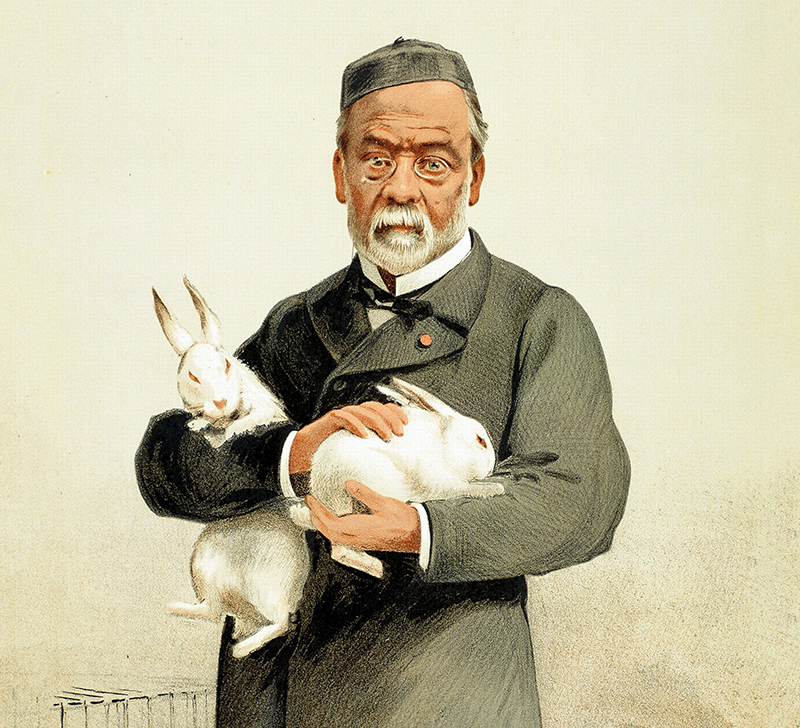
Cochineal Etymology
cochineal (n.) “brilliant crimson dyestuff consisting of the dried bodies of a species of insect,” 1580s, from French cochenille (16c.), probably from Spanish cochinilla, from a diminutive of Latin coccinus (adj.) “scarlet-colored,” from coccum “berry (actually an insect) yielding scarlet dye” (see kermes). But some sources identify the Spanish source word as cochinilla “wood louse” (a diminutive form related to French cochon “pig”). The insect (Coccus Cacti) was…
-
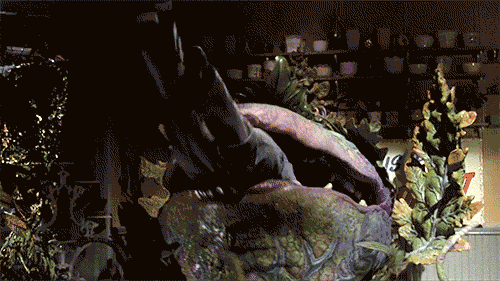
Nepenthesin (and the carnivorous plants it comes from)
Nepenthesin (also spelled nepenthacin or nepenthasin) is an aspartic protease of plant origin that has so far been identified in the pitcher secretions of Nepenthes and in the leaves of Drosera peltata. Discovery In the late 19th century, Sydney Howard Vines showed that the pitcher fluid from Nepenthes could digest protein in acidic conditions. He suggested the plants were making a digestive enzyme, for which he proposed the name “nepenthin”. In…
Recent Posts
- 🧬 Disease Table with Low Sodium Connection
- 🧂 Sodium Reduction and Sodium Replacement: A History of Reformulation and Exploding Diseases, Including Many Diseases Unheard of Before Deadly Sodium Policies
- 🧂 The DEADLY 1500 mg Sodium Recommendation predates the WHO’s formal global sodium reduction push by nearly a decade (and it’s even worse than that)
- 🧬 What Is Beta-Glucuronidase?
- When Sugar Was Salt: Crystalline Confusion and the Covenant of Sweetness
Tags
ADAM ASPARTAME Birds Blood Bones Brain Bugs Cancer Columba Cows crystallography Death Death cults Eggs Etymology Gastrin Gold Growth hormone History Hormones Insulin Liver Mere Perplexity Metal Monkey Business Mythology Paracetamol Plants Poison Pregnancy Protein Religion Reproduction Rocks Salt Slavery Snakes Sodium the birds and the bees Thiocyanate Tobacco Tylenol Underworld Venom zinc
